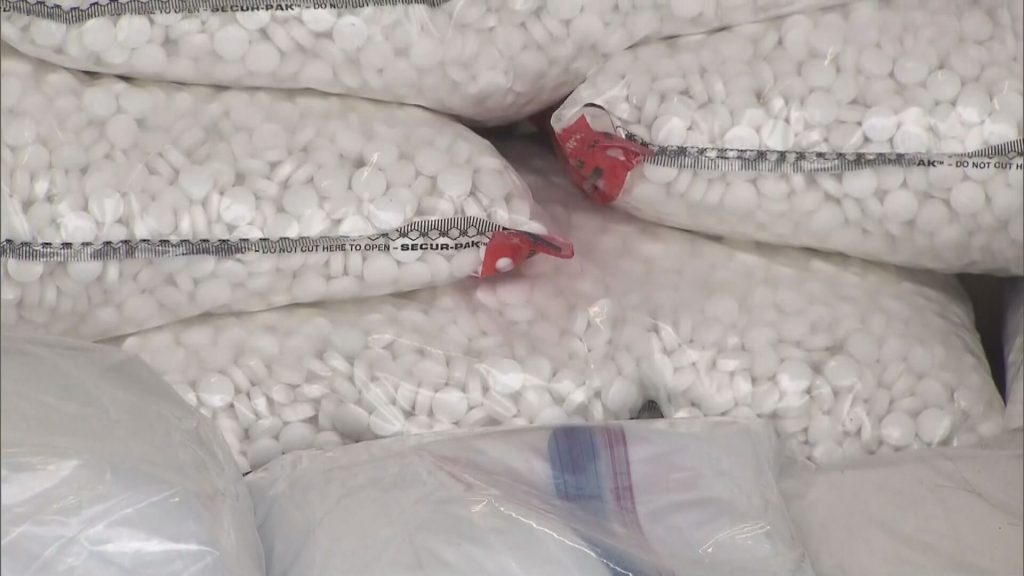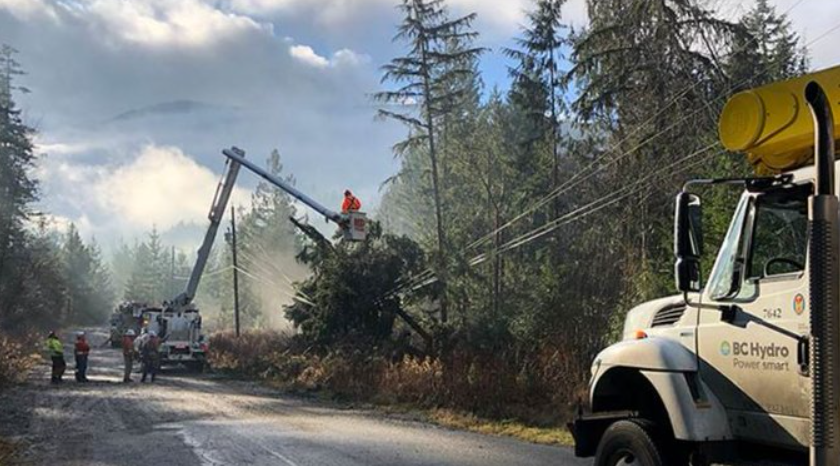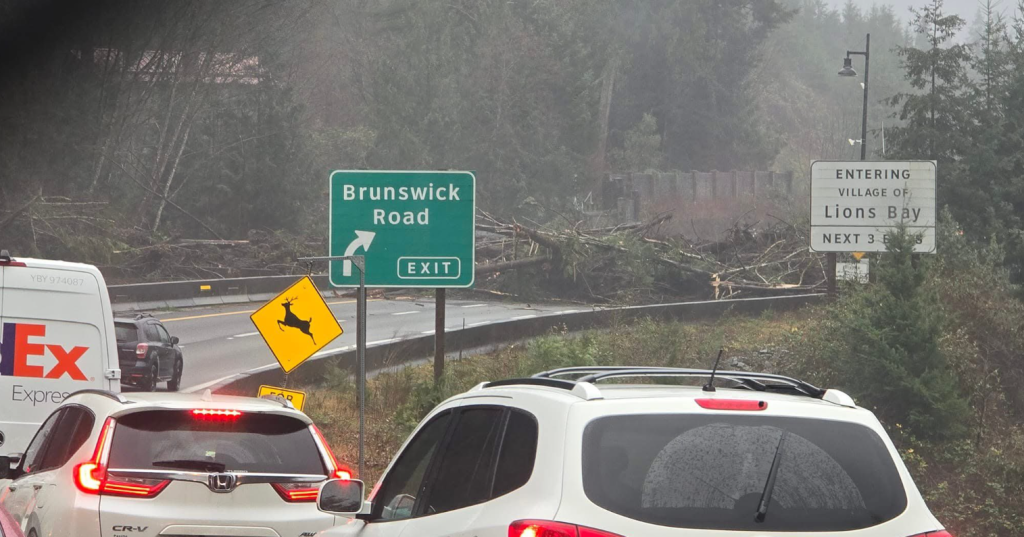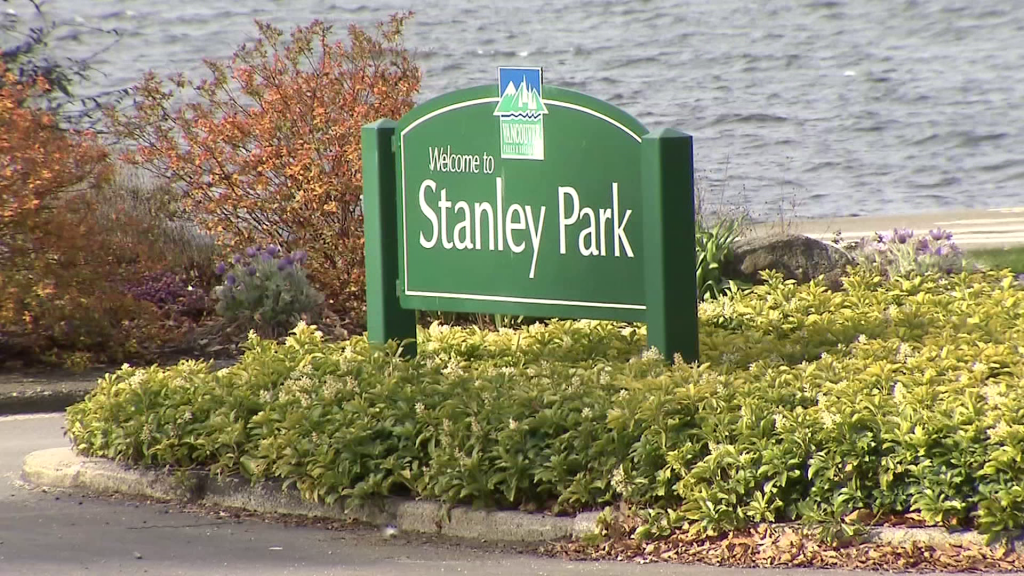‘We need to increase accessibility’: drug expert on why B.C.’s safer supply falls short

Posted August 29, 2023 8:08 pm.
Last Updated August 29, 2023 8:20 pm.
It’s been more than three years since B.C. became the first province to offer a prescribed safer supply of illicit drugs, but a local drug advocate says the model falls short.
On Tuesday, the BC Coroners Service shared that at least 198 people died of toxic drugs in June, with unregulated drugs such as fentanyl remaining a driving factor in those deaths.
Contrary to common belief that fentanyl is merely mixed into narcotics, Sarah Blyth, the executive director of the Overdose Prevention Society (OPS), says it’s a common misconception that fentanyl is merely mixed with narcotics.
Instead, she tells CityNews she’s noticed many drug users are addicted to fentanyl itself.
“That’s what a lot of people take now, there isn’t really heroin anymore.”
Related articles:
-
B.C.’s unregulated toxic drug supply kills 184 people in June
-
B.C. drug decriminalization not having ‘desired outcome’, police chief says
-
Vancouver councillor wants to push B.C. Gov’t do to more on toxic drug crisis
She says some users face challenges accessing the safer supply they desperately need.
“There are ways to get fentanyl, but we need to really increase the accessibility for it, especially for people that have been heavily using it for a long period of time,” she said.
Blyth adds that even if a user manages to overcome obstacles like finding a doctor and obtaining a prescription, the provided version of the substance is often weaker, leading users back to the unregulated market.
“‘Normal’ people can’t even get a doctor, so it’s very difficult to even see a doctor to get the help you need these days,” she said.
In a lot of cases, Blyth says those who access safe supply are getting a small amount compared to what they’re used to.
“To be honest, we’re lucky to get people on to the safe supply that is available.”
Blyth argues that the province’s current safer supply model isn’t sufficiently widespread for certain segments of drug users.
“It has to be diverse like the people that are using the safe supply are diverse. Some people will need benzodiazepines, some people will need fentanyl, and it depends on who it is and how you’re trying to help them and what their underlying issues are,” she said.
Since March 2020, B.C. has primarily provided prescribed alternatives, rather than direct replacements, for substances like heroin, fentanyl, and methamphetamine.
While some smaller projects offer prescription-grade heroin and specific forms of fentanyl, Blyth says she’s noticed the success of safe supply varies from person to person.
“I’ve seen a lot of people using safe supply where it is successful and they are able to adjust to it, and that’s good for some people. But other people need higher doses, it’s just a fact of life if we want to save lives and impact the crisis.”
Related video:
In the BC Coroner’s update on Tuesday, Chief Coroner Lisa Lapointe also said safer drug supply desperately needs to be expanded.
“We are continuing to experience record numbers of deaths provincewide because of the toxic drug supply. The unregulated illicit market is highly unpredictable and continues to put thousands of lives at risk each month. Despite recommendations for the urgent expansion of a safer drug supply, very few have access to a stable, lower-risk alternative,” she said.
The BC Coroners Service says there have been 1,455 deaths linked to unregulated toxic drugs between January and June this year, marking the largest number ever reported by the agency in the first seven months of a calendar year.
CityNews has reached out to the province for comment on the matter.








